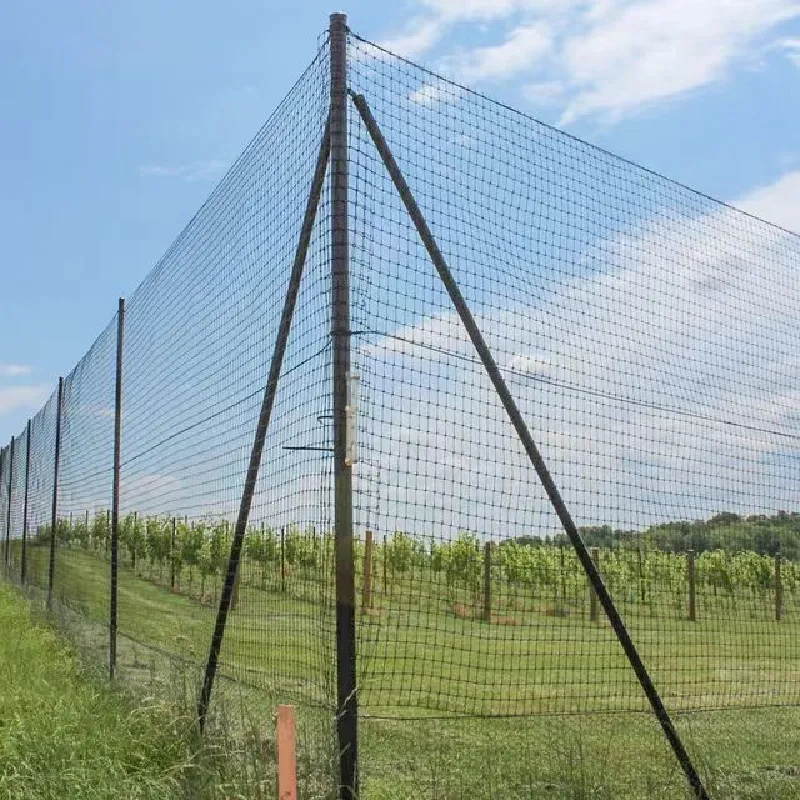-
 Afrikaans
Afrikaans -
 Albanian
Albanian -
 Amharic
Amharic -
 Arabic
Arabic -
 Armenian
Armenian -
 Azerbaijani
Azerbaijani -
 Basque
Basque -
 Belarusian
Belarusian -
 Bengali
Bengali -
 Bosnian
Bosnian -
 Bulgarian
Bulgarian -
 Catalan
Catalan -
 Cebuano
Cebuano -
 China
China -
 Corsican
Corsican -
 Croatian
Croatian -
 Czech
Czech -
 Danish
Danish -
 Dutch
Dutch -
 English
English -
 Esperanto
Esperanto -
 Estonian
Estonian -
 Finnish
Finnish -
 French
French -
 Frisian
Frisian -
 Galician
Galician -
 Georgian
Georgian -
 German
German -
 Greek
Greek -
 Gujarati
Gujarati -
 Haitian Creole
Haitian Creole -
 hausa
hausa -
 hawaiian
hawaiian -
 Hebrew
Hebrew -
 Hindi
Hindi -
 Miao
Miao -
 Hungarian
Hungarian -
 Icelandic
Icelandic -
 igbo
igbo -
 Indonesian
Indonesian -
 irish
irish -
 Italian
Italian -
 Japanese
Japanese -
 Javanese
Javanese -
 Kannada
Kannada -
 kazakh
kazakh -
 Khmer
Khmer -
 Rwandese
Rwandese -
 Korean
Korean -
 Kurdish
Kurdish -
 Kyrgyz
Kyrgyz -
 Lao
Lao -
 Latin
Latin -
 Latvian
Latvian -
 Lithuanian
Lithuanian -
 Luxembourgish
Luxembourgish -
 Macedonian
Macedonian -
 Malgashi
Malgashi -
 Malay
Malay -
 Malayalam
Malayalam -
 Maltese
Maltese -
 Maori
Maori -
 Marathi
Marathi -
 Mongolian
Mongolian -
 Myanmar
Myanmar -
 Nepali
Nepali -
 Norwegian
Norwegian -
 Norwegian
Norwegian -
 Occitan
Occitan -
 Pashto
Pashto -
 Persian
Persian -
 Polish
Polish -
 Portuguese
Portuguese -
 Punjabi
Punjabi -
 Romanian
Romanian -
 Russian
Russian -
 Samoan
Samoan -
 Scottish Gaelic
Scottish Gaelic -
 Serbian
Serbian -
 Sesotho
Sesotho -
 Shona
Shona -
 Sindhi
Sindhi -
 Sinhala
Sinhala -
 Slovak
Slovak -
 Slovenian
Slovenian -
 Somali
Somali -
 Spanish
Spanish -
 Sundanese
Sundanese -
 Swahili
Swahili -
 Swedish
Swedish -
 Tagalog
Tagalog -
 Tajik
Tajik -
 Tamil
Tamil -
 Tatar
Tatar -
 Telugu
Telugu -
 Thai
Thai -
 Turkish
Turkish -
 Turkmen
Turkmen -
 Ukrainian
Ukrainian -
 Urdu
Urdu -
 Uighur
Uighur -
 Uzbek
Uzbek -
 Vietnamese
Vietnamese -
 Welsh
Welsh -
 Bantu
Bantu -
 Yiddish
Yiddish -
 Yoruba
Yoruba -
 Zulu
Zulu
aquatic insect net
Exploring Aquatic Insects The Role of Insect Nets in Aquatic Research
Aquatic ecosystems, teeming with biodiversity, are home to a myriad of organisms, including fish, amphibians, and a fascinating array of insects. Among aquatic insects, the importance of studying these organisms cannot be overstated, given their critical roles in food webs, nutrient cycling, and ecological health. To effectively survey and study aquatic insect populations, researchers often turn to specialized tools such as aquatic insect nets.
Aquatic insect nets are designed to capture insects that live in or near water bodies, including streams, ponds, and lakes. These nets typically feature a long handle attached to a fine mesh bag, allowing researchers to easily sweep the net through the water to collect specimens. The mesh is fine enough to prevent small insects from escaping while being robust enough to withstand the rigors of fieldwork.
The importance of these nets extends beyond just capturing insects. They facilitate a better understanding of aquatic ecosystems and can provide insights into environmental conditions. Aquatic insects serve as bioindicators, meaning their presence or absence can indicate the health of a water body. For example, the presence of certain mayfly species may suggest good water quality, while pollution-tolerant species like some midge larvae may indicate degraded conditions. By using aquatic insect nets, researchers can collect data on species diversity and abundance, which can be analyzed to assess ecosystem health.
aquatic insect net

The technique for using aquatic insect nets varies based on the specific research goals. For instance, in a river or stream, researchers might conduct a kick sampling method where they disturb the substrate to dislodge insects, then sweep the net downstream to capture the organisms that are stirred up. In still waters like ponds, researchers may employ pan traps or use the net to skim across the surface to gather insects that inhabit aquatic plants or float on the surface.
Moreover, the collected specimens can contribute to a broader understanding of ecological interactions and evolution. Some aquatic insects, such as dragonflies and damselflies, undergo complex life cycles that include both aquatic and terrestrial stages, making them fascinating subjects for evolutionary studies. Monitoring their populations can also provide insights into how climate change affects life cycles, distribution, and habitat preferences.
Educational institutions and conservation organizations are increasingly recognizing the value of aquatic insect nets in environmental education and citizen science initiatives. By engaging students and volunteers in aquatic insect sampling, these programs not only contribute valuable data to ongoing research but also foster a deeper appreciation for aquatic ecosystems. Participants learn first-hand about biodiversity, the importance of conservation, and the intricacies of ecological interactions.
In conclusion, aquatic insect nets are essential tools in the study of aquatic ecosystems. They enable researchers to collect vital data that enhances our understanding of biodiversity, ecosystem health, and the effects of environmental changes. As we continue to explore and protect our planet’s water resources, the role of aquatic insects and the methodologies used to study them will be crucial in maintaining ecological balance and health. By investing in research and education efforts centered around these fascinating organisms, we take important steps toward preserving the intricate web of life that exists within our aquatic environments.
-
Shipping Plastic Bags for Every NeedNewsJul.24,2025
-
Safety Netting: Your Shield in ConstructionNewsJul.24,2025
-
Plastic Mesh Netting for Everyday UseNewsJul.24,2025
-
Nylon Netting for Every UseNewsJul.24,2025
-
Mesh Breeder Box for Fish TanksNewsJul.24,2025
-
Expanded Steel Mesh Offers Durable VersatilityNewsJul.24,2025











